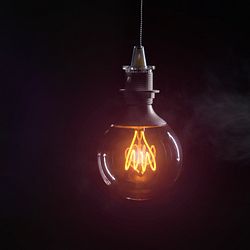Funding awarded for innovative space technology projects
The North East Space Communications Accelerator (NESCA) has successfully awarded its first round of innovation funding, distributing almost £340,000 across seven cutting-edge space communications and technology projects.


































